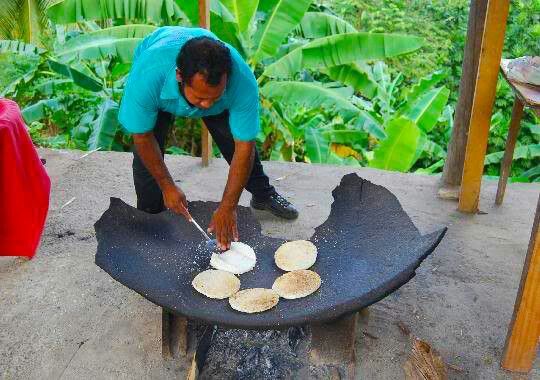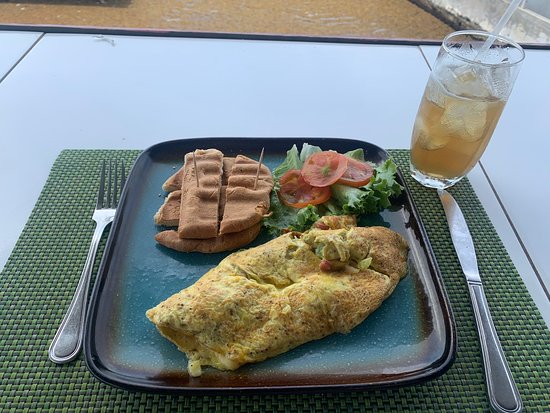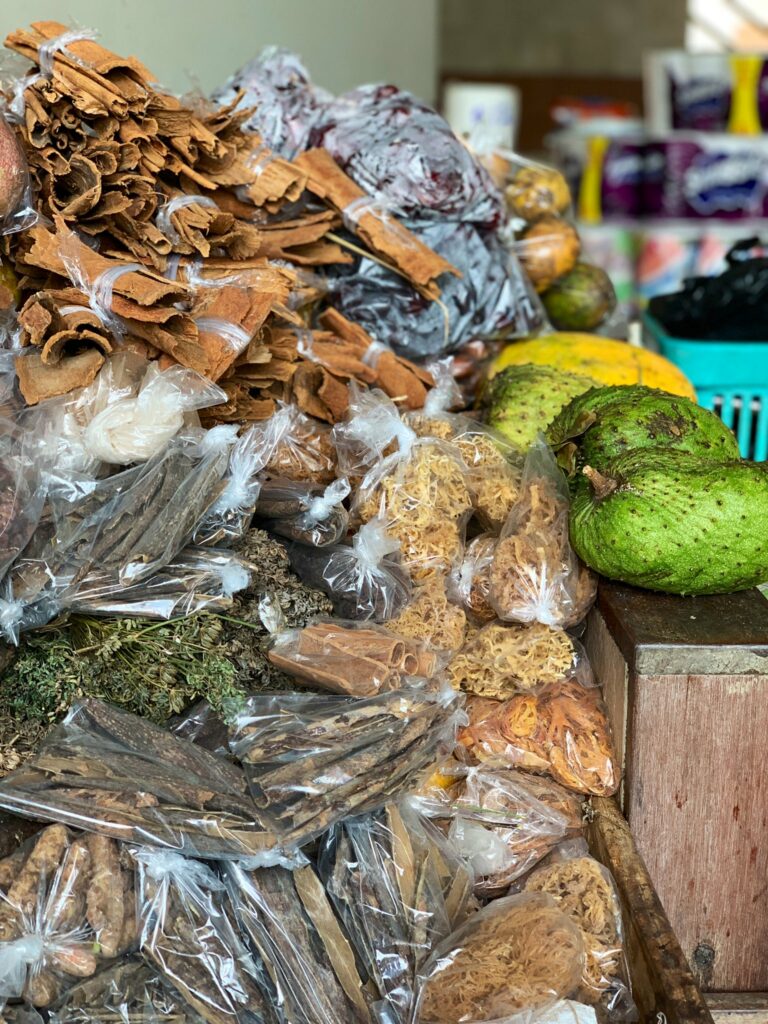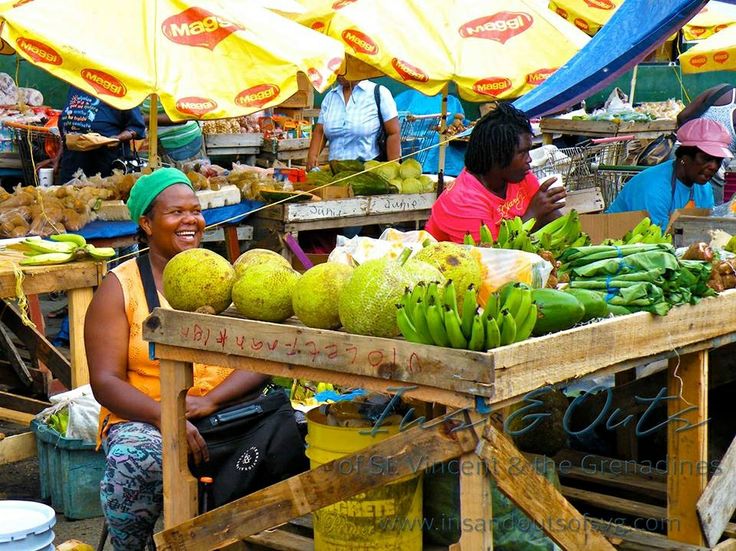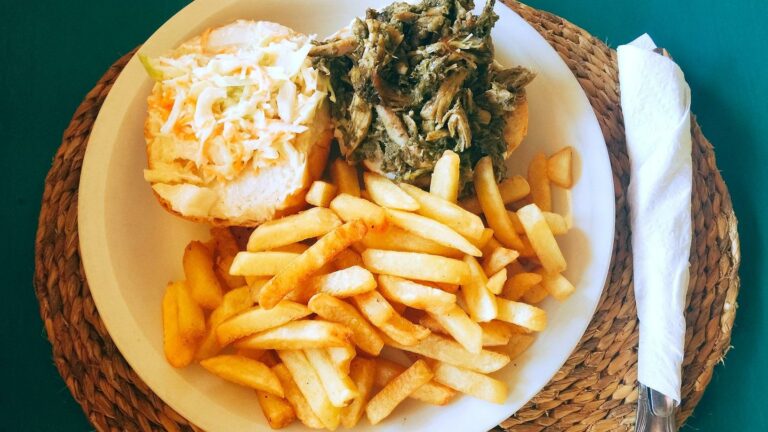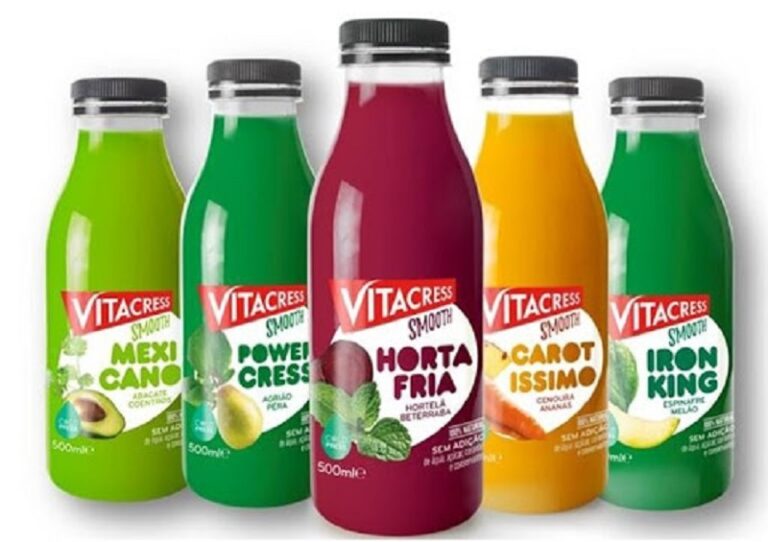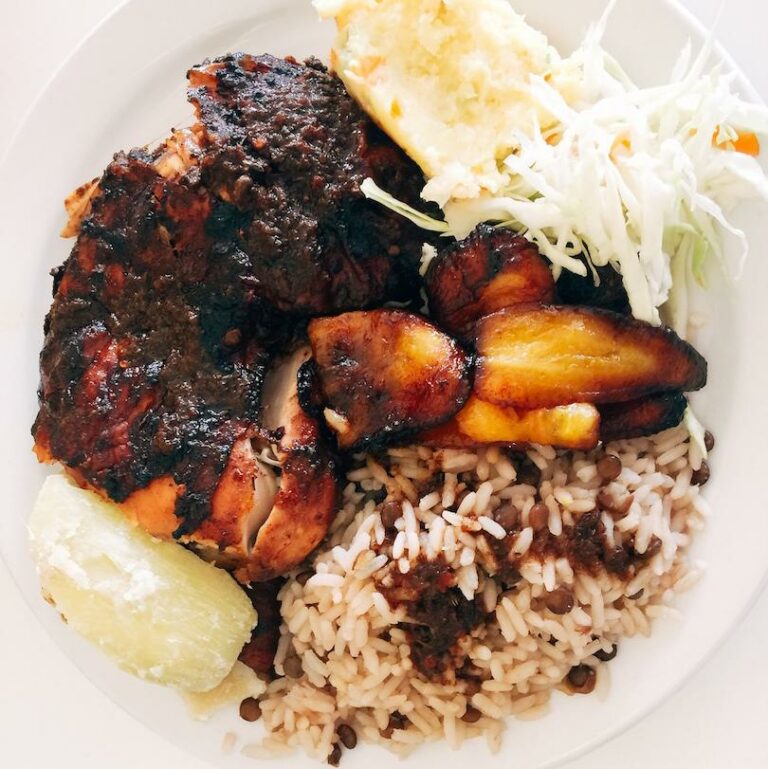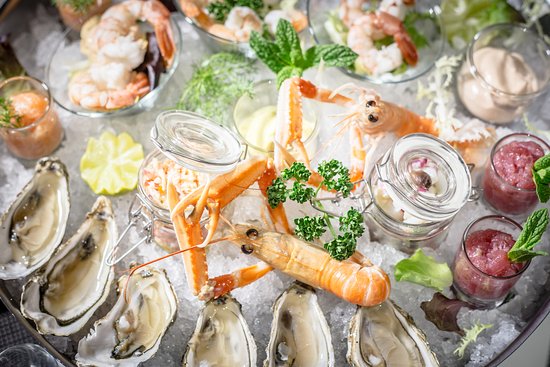Introduction: The Cuisine of Saint Vincent and the Grenadines
Saint Vincent and the Grenadines is a small island nation located in the southern Caribbean. Its cuisine is a reflection of the island’s rich cultural history, which includes African, European, and indigenous influences. Vincentian cuisine is known for its bold flavors, vibrant colors, and creative use of ingredients.
The cuisine of Saint Vincent and the Grenadines features a variety of ingredients, including seafood, root vegetables, herbs, and spices. Many of these ingredients are unique to the region, and play an important role in the island’s culinary traditions.
Spices and Herbs: A Unique Blend of Flavors
The use of spices and herbs is a defining characteristic of Vincentian cuisine. Popular herbs include thyme, parsley, and chives, while spices like cinnamon, nutmeg, and allspice are also commonly used. These ingredients are used to add depth and complexity to dishes like stews, soups, and sauces.
One unique spice used in Vincentian cuisine is Grains of Paradise. This West African spice has a peppery flavor with hints of citrus, making it a popular addition to seafood dishes and marinades. Another distinctive herb used in Vincentian cuisine is Shadow Beni, also known as Culantro. This herb has a flavor similar to cilantro, but is much more pungent and is often used in traditional Vincentian dishes like pepperpot and callaloo.
Cassava: The Versatile Root Vegetable
Cassava is a starchy root vegetable that plays an important role in Vincentian cuisine. It is used in a variety of dishes, including cassava bread, cassava pone, and cassava cake. Cassava is also used to make a traditional Vincentian dish called “farine”, which is made by grating and drying cassava roots.
Aside from its use in dishes, cassava is also an important source of income for many Vincentians. Cassava is grown locally and is a staple crop in the region, making it an integral part of the island’s economy and culture.
Breadfruit: A Staple in Vincentian Cuisine
Breadfruit is another important ingredient in Vincentian cuisine. This starchy fruit is similar in texture to a potato and is often boiled or roasted. It is commonly served as a side dish or used in stews and soups.
One popular Vincentian dish that features breadfruit is “oil down”. This dish is made by cooking breadfruit, salted meat, and vegetables in coconut milk and spices. Oil down is a hearty and flavorful dish that is often enjoyed during special occasions and celebrations.
Seafood: Fresh and Flavorful Delicacies
As an island nation, Saint Vincent and the Grenadines is surrounded by the Caribbean Sea, making seafood an important part of the local cuisine. Fresh fish and shellfish are commonly used in dishes like fish cakes, fish stews, and lobster salad.
One unique seafood dish found in Vincentian cuisine is “sea moss”. This dish is made by simmering dried sea moss with spices and milk until it forms a thick, creamy pudding. Sea moss is believed to have health benefits and is often eaten as a breakfast food.
Pepperpot: A Delicious and Nutritious Stew
Pepperpot is a traditional Vincentian stew that is made with a variety of meats, vegetables, and spices. The dish is slow-cooked for several hours, allowing the flavors to meld together and creating a rich, complex flavor.
Pepperpot is often served with breadfruit or cassava, and is a popular dish during the holiday season. It is also believed to have medicinal properties, and is often recommended as a remedy for colds and flu.
In conclusion, Vincentian cuisine is a diverse and flavorful cuisine that is rich in unique ingredients and cultural heritage. From the use of spices and herbs to the versatile root vegetables and fresh seafood, Vincentian cuisine is a reflection of the island’s vibrant culture and history.

